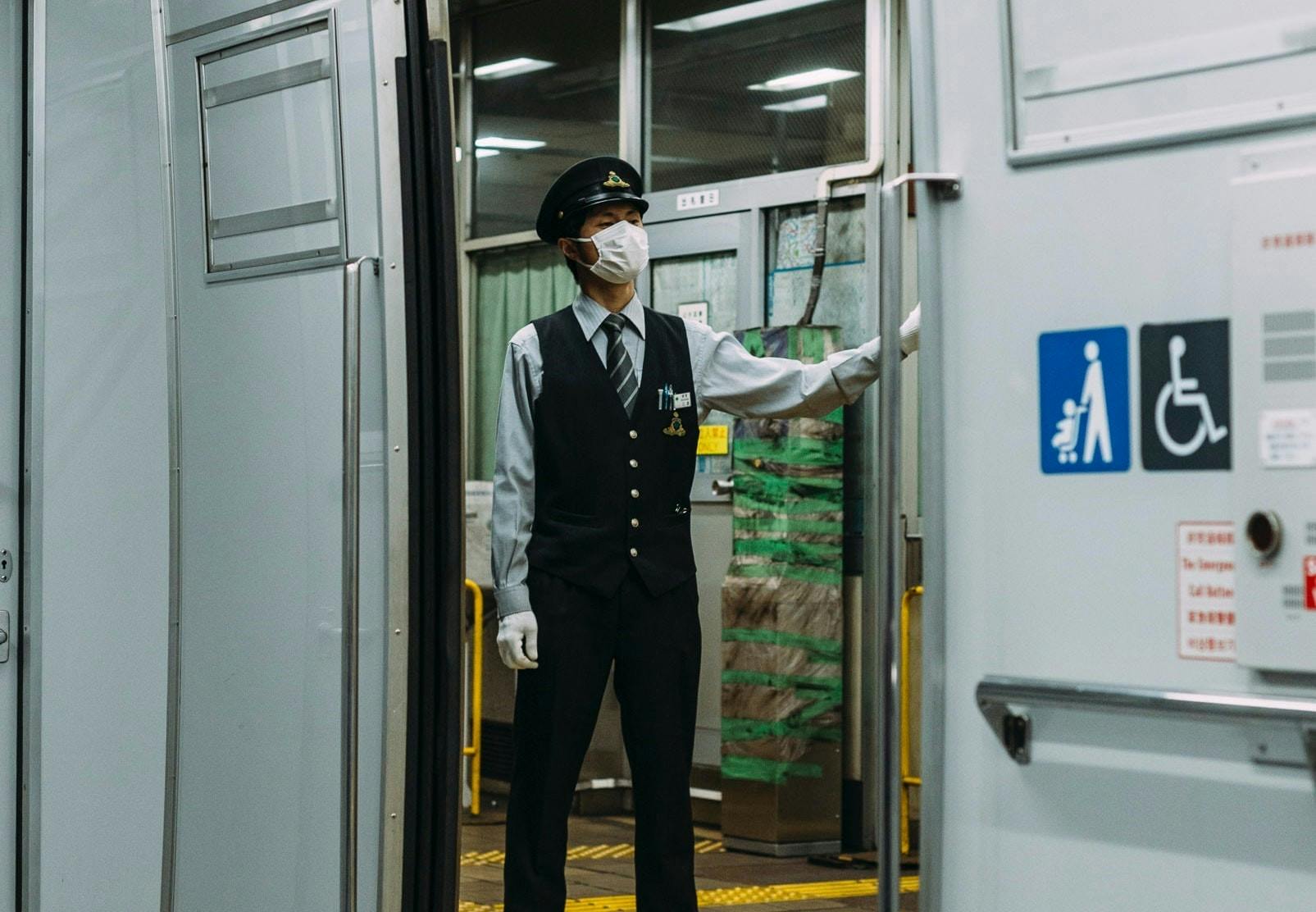As people start to evaluate trips outside their home with consideration for the level of exposure risk, The New York Times used anonymized cellphone data to analyze the places that will be safer to visit. With some caveats, there are some interesting results:
The variation in risk between different types of businesses was surprising. People spend twice as much time at electronics stores as they do at lawn and garden stores. A display of new phones and gadgets is an invitation to mill around; you don’t linger over fertilizer. Similarly, we found that people spend nearly three times as much time searching through the racks at a Salvation Army as they do scanning the shelves at a Dollar General.
. . .
Even within a sector, there is tremendous variation. Consider two similar restaurants: Denny’s and the Original Pancake House. Both serve a similar number of customers every week, who stay for a similar length of time. But customers at the Original Pancake House are far more concentrated (at breakfast, of course), producing a far higher risk of customers getting crowded into the same space at the same time.
This research is an interesting look into consumer risk but what impact does that risk have on employee or candidate attractiveness, especially in the next year? Sectors with the highest contagion risk, like gyms, sit-down restaurants, malls, and salons, have already been hit hard economically by COVID-19.
A slow recovery, paired with employee and candidate hesitation to engage with the public in these risky industries, could prove to be too difficult to overcome. On the flip side, organizations that have operations or industries with lower potential exposure have a new advantage in attracting and retaining employees.
Quick hits
- Support for basic income has increased, at least in Europe. More than 70% of respondents support it across both the EU and UK. [Oxford]
- Small businesses are being hit hard by COVID-19, with most expecting that it could take six months to recover post-pandemic. [ZenBusiness]
- COVID-19 could actually reduce employer health costs by as much as 4%. Why? Deferring care is actually likely to offset any projected cost increases. [Willis Towers Watson]
- 33% of employees report reduced quality of work while 52% of companies don’t have digital collaborative environments. [Globant]
- More than 60% of employees have increased their own use of collaboration tools, though and one in five employees are using collaboration technologies for the first time. [Asana]
- Employee health is not in great shape, with 45% of people losing sleep over work-related stress and 38% finding it difficult to disengage. Close the laptop! [Canva]
- Interesting research about interview prep: On average, candidates spend seven hours researching a company before interviewing and a quarter prepares a joke. [JDP]
- This is a free, in-depth resource for teams or individuals to help understand and improve remote work life. Spoiler alert: Limiting after-hours work is a challenge for yours truly. [motivationWorks]
How should HR respond to reopening offices?
Reopening is what I hear about the most when it comes to coverage on TLNT. The fact is, there is not a single playbook for being back together in offices again.
Last week, I was a guest on a live stream with Ira S. Wolfe and Lee Andrese to talk about what this could look like, as well as potential implications of such a move.
Mandatory shutdowns made decisions easier for organizations. They could gnash their teeth at the impact that it has on their business but nobody could hold them responsible for any of the fallout.
Now that many states are reopening — some faster than others — this is a moment where companies are made or broken. The government can tell you when you’re able to open up offices but not if you have to open up or how it might look. HR and business leaders can depend on nothing but their own look at the laws, data, industry, culture, and safety of the places they’ll be putting people back in to. Behind all of that initial action, a host of potential legal and ethical issues await.
We talked about a number of the resources I’ve shared in previous weekly wraps but it may be worth a watch if you’re still thinking about how to proceed.
The weekly wrap is where TLNT shares the stories that didn’t quite make it into a full post this week. We’ll also share links to some of our favorite things we read this week about HR, people development, the future of work, and more.
